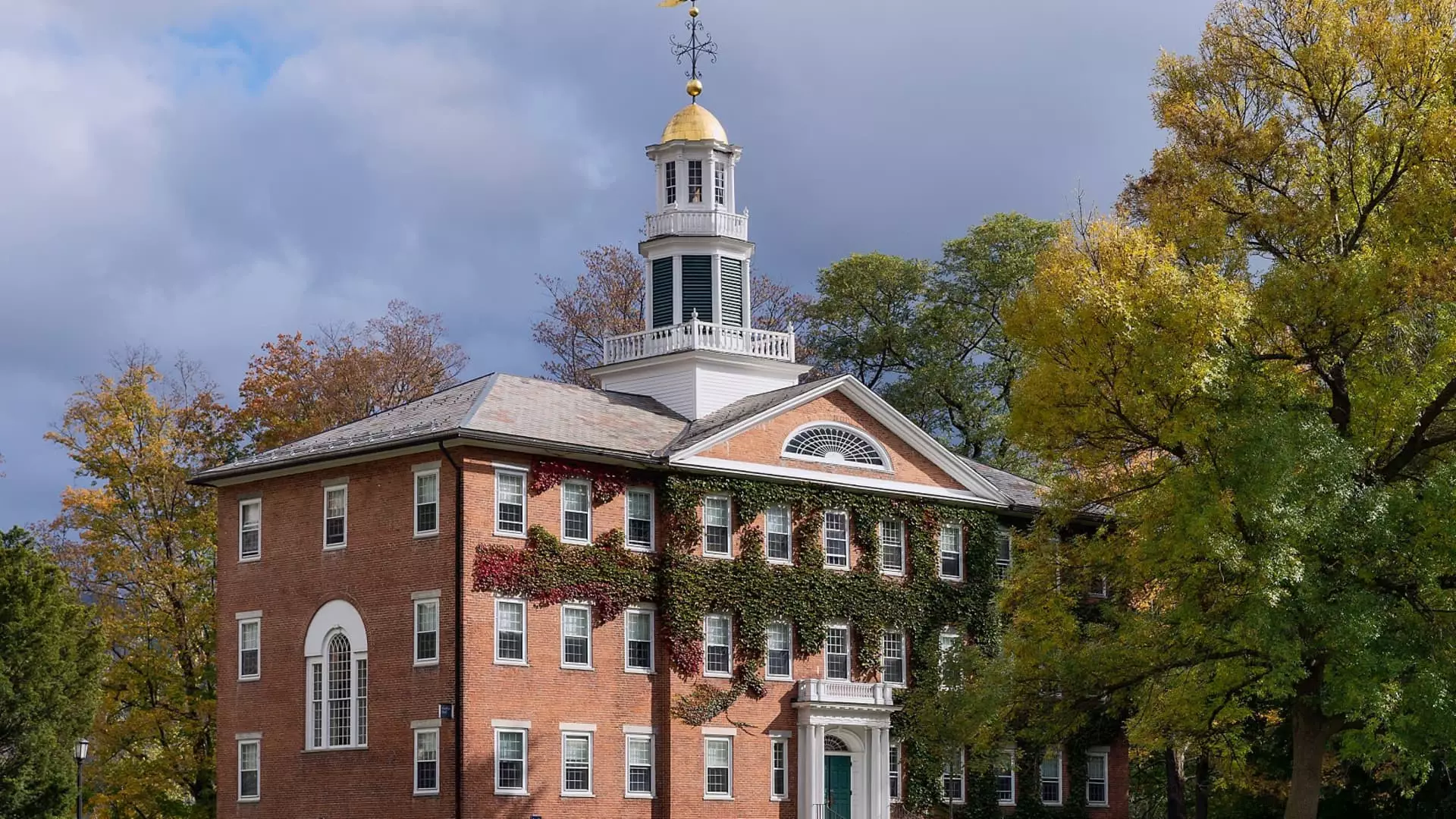The impending changes to the federal student loan system are not just minor tweaks; they signal a dramatic shift that threatens to unravel the pillars of higher education for many students. In an era when college has become the definitive resume enhancer, the striking truth is that educational expenses have surged alarmingly. The University system, which once promised upward mobility and access to opportunity, now appears more like a financial prison. How can students navigate a system rife with constraints while facing continuously escalating tuition rates and diminishing financial support?
The growing financial burden of higher education has reached a breaking point. An alarming report from J.P. Morgan Asset Management highlights that average tuition has shot up by an astonishing 5.6% annually since 1983, drastically outpacing increases in wages and household expenses. This is not a mere numerical increase but a signal of a systemic issue that demands urgent attention. As the 2024-25 school year looms, private colleges are announcing average tuition and fees combined with room and board of around $58,600—a stark increase from the previous year. For public colleges, where students might once have anticipated an affordable education, they now face an average cost of $24,920.
Pell Grants Under Threat
The financial landscape is rendered even more precarious by policy proposals from the current political administration. The budget draft for fiscal 2026 indicates a worrying trend: a significant reduction in Pell Grants, slashing the maximum award from $7,395 to $5,710. This move is couched in the rhetoric of balancing budgets and fiscal responsibility, but in reality, it represents an abandonment of students in need. The Pell Grant program has been a lifeline for countless low-income students striving for higher education; reducing its value systematically diminishes any hope of accessibility in the academic landscape.
The rationale behind curbing these federal financial aids lies in attempts to fund contentious tax reform measures proposed by Republicans. Yet one must ask: at what cost? This decision not only sidesteps the core issue of excessive tuition but also actively exacerbates the financial strain on families when they need support the most.
Focus on Net Costs, Not Sticker Prices
Amidst these dark clouds, Robert Franek, editor-in-chief of The Princeton Review, suggests that families’ attention should shift from alarming sticker prices to what students and parents ultimately pay after financial aid has been factored in. While he argues that grants—and specifically those that require no repayment—should remain the focal point, one has to wonder whether this shift in focus is merely a Band-Aid fix rather than a fundamental solution to an unsustainable educational economy.
Franek also grapes for a glimmer of hope by suggesting it’s not what colleges charge that matters. However, this viewpoint risks downplaying the harsh reality many families face; the availability of scholarships and grants doesn’t eliminate the deep-seated issues of affordability and value. Even as students compare offers from institutions, they grapple with a blurred definition of what ‘worth it’ means in today’s world.
The Disheartening Gap between Cost and Affordability
The Princeton Review’s ranking of colleges based on financial aid and student satisfaction casts further light on the issue. Even within the top-ranked schools, the staggering sticker prices overshadow any joyous announcement of high scholarship averages. Williams College, for instance, boasts a sticker price of an unfathomable $90,750, paired with an attractive average need-based scholarship of $74,113. Nevertheless, students still face thousands of dollars in out-of-pocket costs. This alarming gap perpetuates inequality; it isn’t merely the top-tier colleges that have inflated prices but even public institutions, which can be crucial stepping stones for aspirational students.
What this does highlight is the disconnect between policymakers and the everyday realities for families grappling not just with tuition fees, but also the broader financial implications attached to higher education costs.
This relentless rise in college expenses, coupled with potential decreases in crucial financial aid, paints a picture of a higher education system that is increasingly out of reach. While we desperately need reform, what we are witnessing instead are desperate measures that could exacerbate the crisis instead of solving it.

